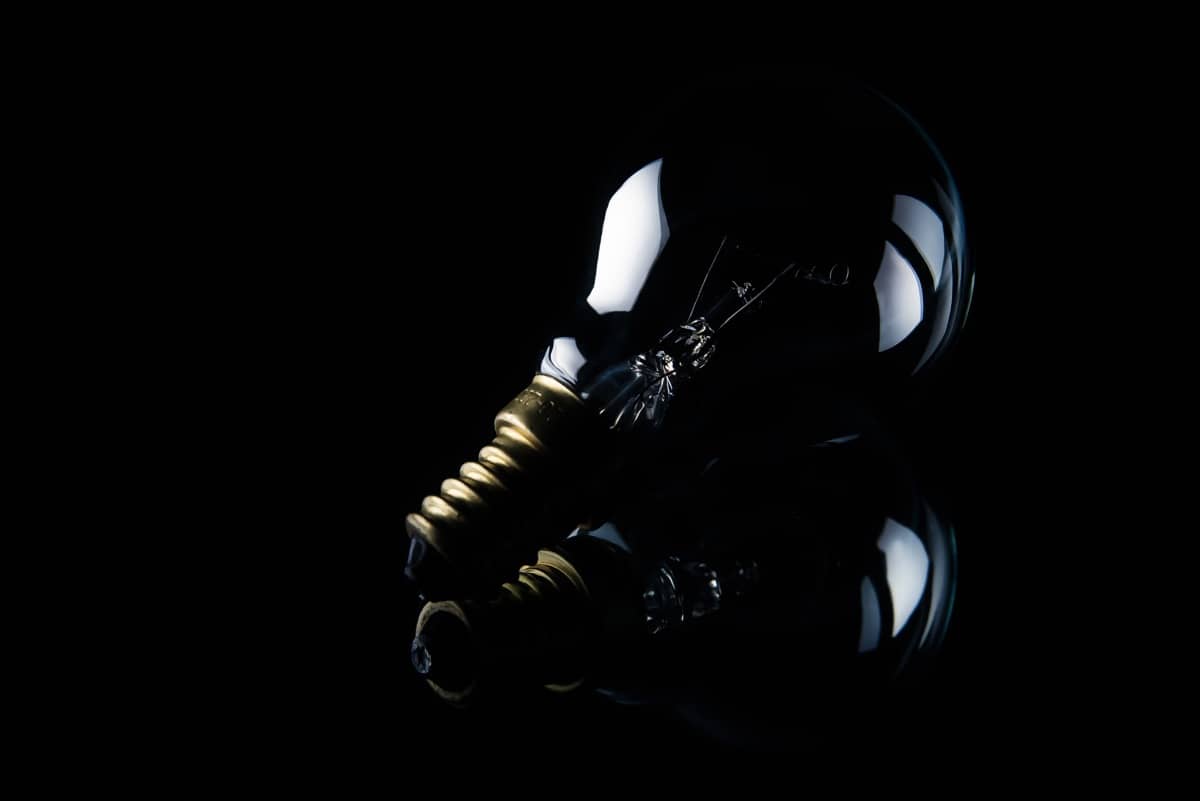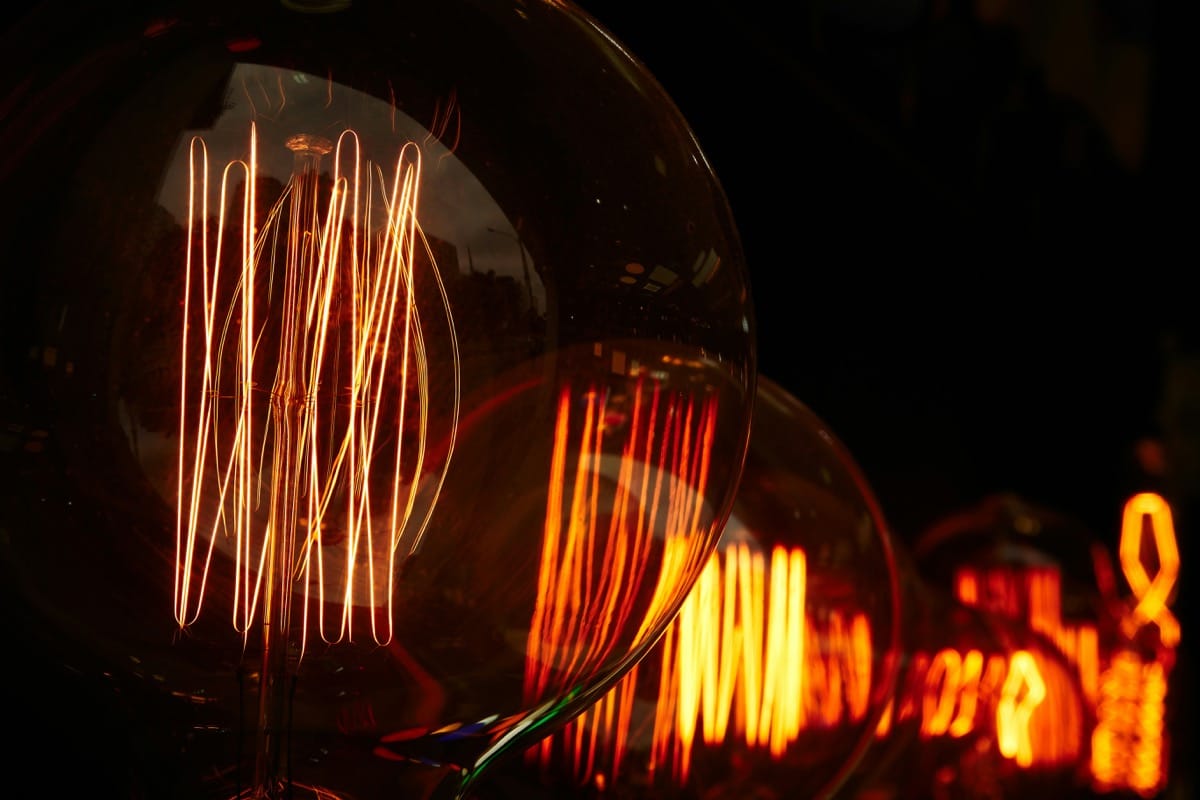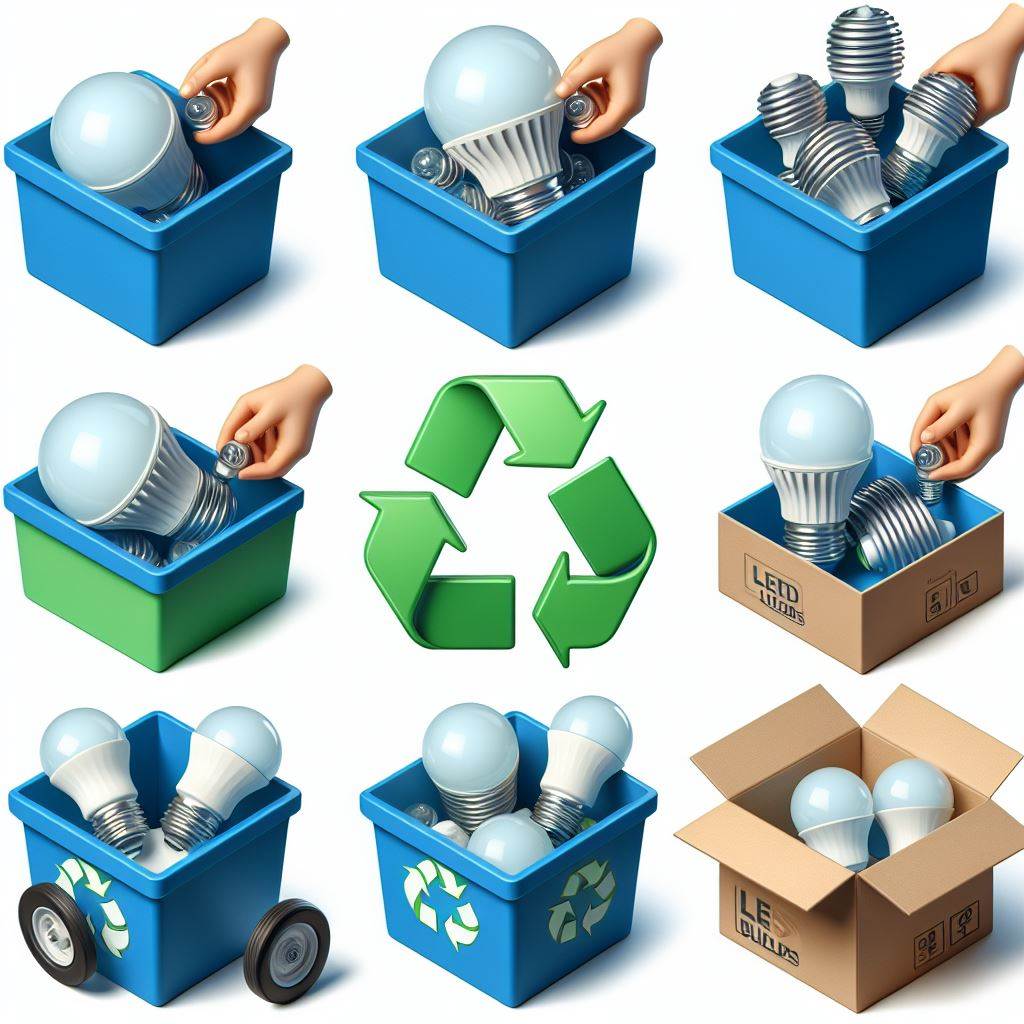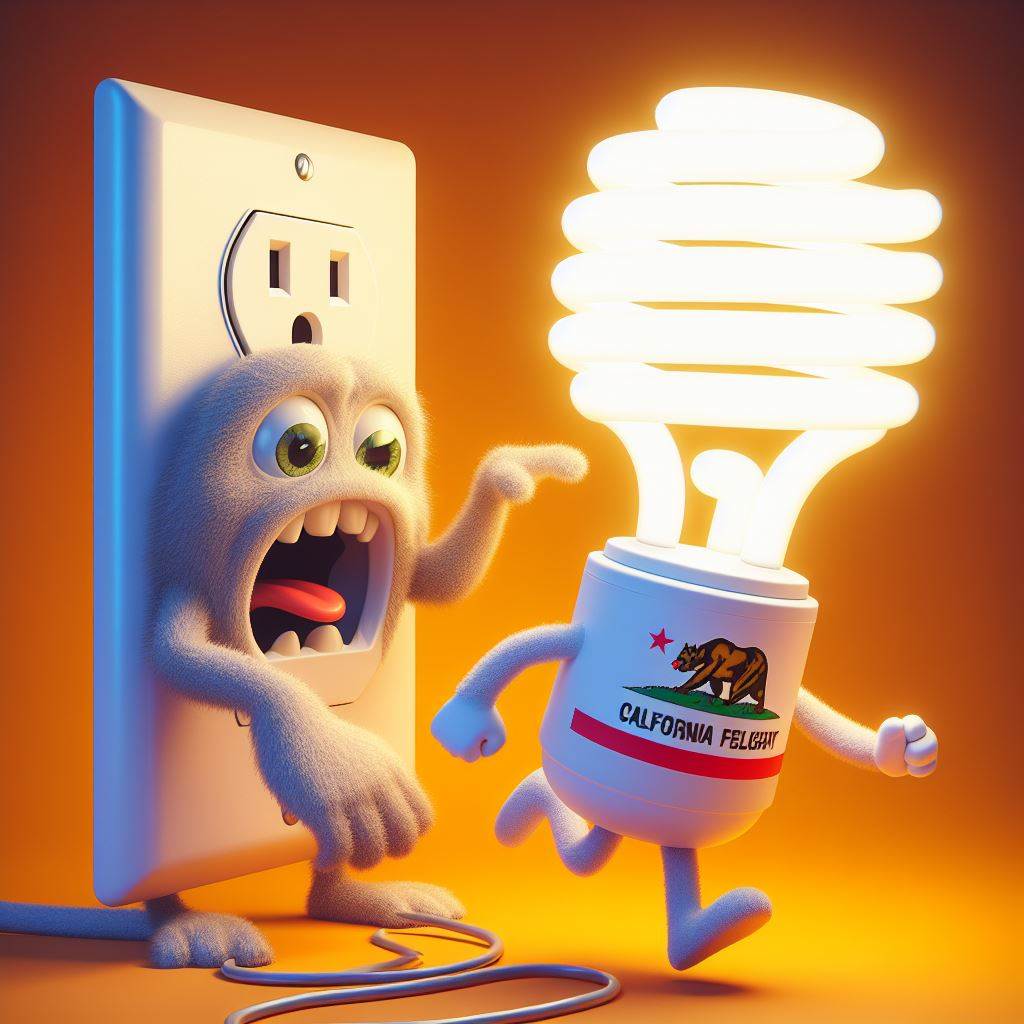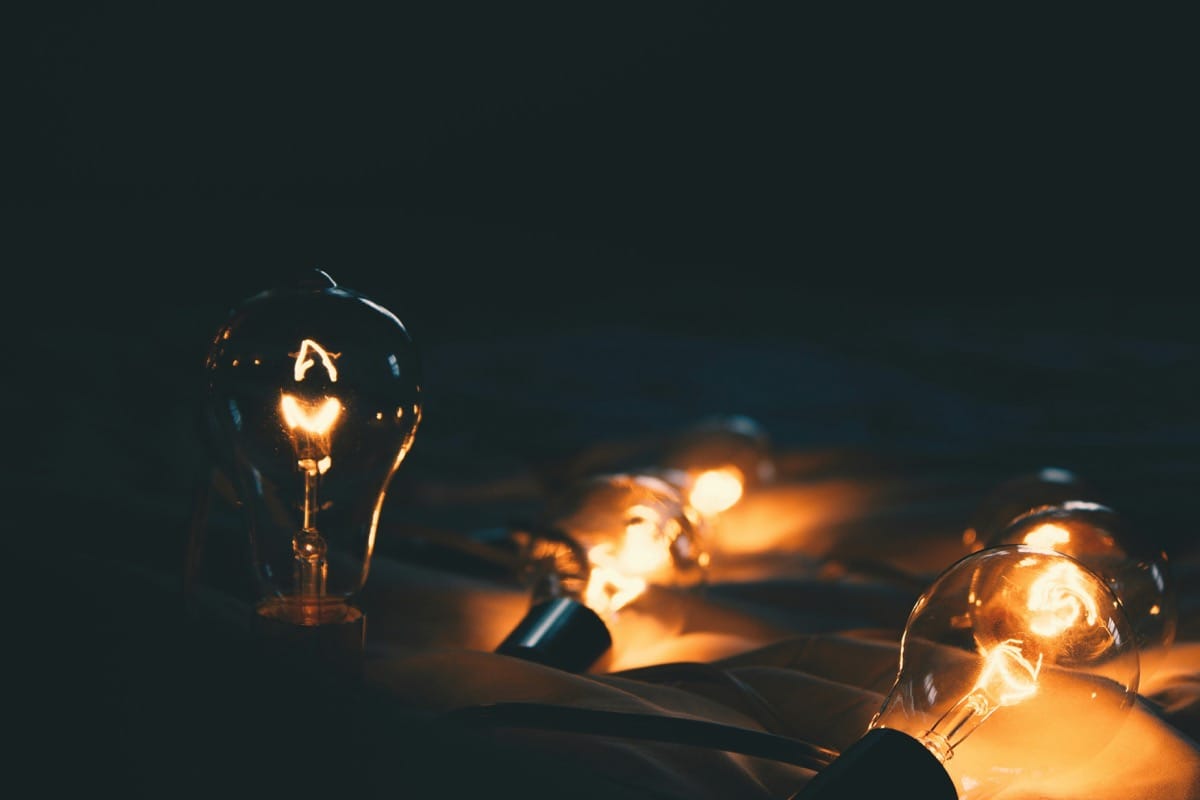In the vast landscape of lighting solutions, one type of bulb that stands out for its versatility and widespread use is the E26 light bulb. This article aims to provide a comprehensive understanding of this remarkable lighting component, exploring its definition, significance, and prevalence in our everyday lives. Whether you’re an avid DIY enthusiast, a homeowner looking to upgrade your lighting fixtures, or simply curious about the technology behind common light bulbs, this article will illuminate your knowledge about E26 bulbs.
Definition of E26 Light Bulb
E26 refers to the standard base size of a popular type of light bulb used in North America. The term “E” signifies “Edison Screw,” while “26” represents the diameter (in millimeters) between the threads on the base. To put it simply, an E26 light bulb is characterized by its screw-in base with 26mm spacing between threads.
This standardized base size ensures compatibility with a wide range of lamp sockets and fixtures. The design of an E26 bulb allows for easy installation and removal without any additional tools or equipment.
By simply twisting the bulb into place until it fits snugly into the socket, users can effortlessly enjoy bright illumination in their desired space. The simplicity and convenience offered by E26 bulbs have contributed significantly to their popularity among consumers.
Importance and Ubiquity of E26 Light Bulbs in Everyday Life
E26 light bulbs play an essential role in our daily lives as they provide functional illumination across various settings. From residential homes to commercial establishments and industrial facilities, these bulbs are omnipresent due to their versatility and compatibility with numerous lighting fixtures. In residential environments, E26 bulbs find extensive use in lamps, ceiling fixtures, pendants, chandeliers, and other common household lighting applications.
Whether it’s creating a cozy ambiance in the living room, providing focused task lighting in the study, or illuminating the kitchen workspace, E26 bulbs offer flexibility to meet diverse lighting needs. Beyond residential settings, E26 bulbs also shine brightly in commercial and industrial spaces.
Offices, retail stores, restaurants, and hotels rely on these bulbs to create welcoming atmospheres for customers and employees alike. In industrial environments such as warehouses and factories, E26 bulbs provide robust lighting solutions that ensure optimal visibility and safety.
Considering their widespread adoption across various sectors of society, it is clear that E26 light bulbs are an integral part of our lives. Their importance lies not only in their functional illumination but also in their ability to enhance aesthetics and create the desired mood within different spaces.
E26 Light Bulb Information
| Property | Description |
|---|---|
| Base Type | E26 (Edison Screw) is a standard base type used for most household light bulbs in North America. |
| Socket Compatibility | E26 bulbs are compatible with E26 lamp holders, fixtures, and sockets. |
| Bulb Shape | Available in various shapes, including A19 (standard), BR30 (reflector), PAR38 (spotlight), and more. |
| Voltage | Typically designed for 120 volts AC, which is the standard household voltage in North America. |
| Wattage | Available in various wattages, from energy-efficient LEDs (e.g., 9W) to incandescent bulbs (e.g., 60W). |
| Light Output | Measured in lumens, E26 bulbs can produce different levels of brightness, e.g., 800 lumens for a standard 60W-equivalent LED. |
| Bulb Lifespan | Varies by technology; LED E26 bulbs typically last 15,000 to 25,000 hours, while incandescent bulbs have a shorter lifespan. |
| Color Temperature | Available in various color temperatures, including warm white (2700K), cool white (4000K), and daylight (5000K). |
| Dimmable | Many E26 LED bulbs are dimmable, allowing you to adjust the brightness to your preference. |
| Energy Efficiency | E26 LEDs are highly energy-efficient and use significantly less energy than incandescent bulbs. |
| Applications | Commonly used for general lighting in homes, offices, and various indoor settings. |
| Environmental Impact | LED E26 bulbs are eco-friendly, as they consume less energy and have a longer lifespan, reducing waste. |
Overview of E26 Light Bulbs
Basic Structure and Components
E26 light bulbs are designed with a specific set of components that contribute to their functionality and efficiency. Understanding the basic structure of these bulbs allows us to appreciate their intricate design.
At the core, we find the screw base, which is a threaded metal base that fits into a socket. This familiar screw-like structure enables easy installation and removal of the bulb in various lighting fixtures.
The standardized size and shape of the E26 base ensure compatibility with a wide range of sockets. Surrounding the screw base, we have the bulb envelope, which typically consists of glass or plastic material.
This envelope serves multiple purposes, primarily protecting the delicate internal components from external damage while also providing an aesthetic appeal to the overall design. The transparency of glass envelopes allows for optimal light transmission while plastic envelopes offer durability and shatter-resistant properties.
The filament is an integral component within an E26 bulb as it is responsible for emitting light when heated by an electric current. Traditionally made from tungsten wire due to its high melting point and resilience, filaments come in various shapes and sizes depending on lighting requirements.
When electricity passes through this thin wire, it heats up to such a degree that it begins to glow brightly, producing visible light. To enhance both efficiency and lifespan, E26 bulbs often contain inert gases such as argon or krypton within their bulb envelope.
These gases act as fillers between the filament and prevent oxidation by slowing down filament evaporation during operation. As a result, E26 bulbs with gas filling tend to last longer while maintaining consistent performance throughout their lifetime.
Common Applications of E26 Bulbs
E26 bulbs have become widely used across diverse settings due to their versatility and adaptability in meeting various lighting needs. In residential environments, these bulbs find application in lamps, ceiling fixtures, pendants, and chandeliers.
Whether for ambient lighting or task-oriented illumination, E26 bulbs offer a range of wattages and color temperatures to suit different preferences and create desired atmospheres in living spaces. Moving beyond homes, E26 bulbs also have significant importance in commercial settings like offices, retail stores, restaurants, and hotels.
Their widespread use is due to their ability to provide reliable and consistent light output while being compatible with standard lighting fixtures commonly found in such environments. The versatility of E26 bulbs allows businesses to achieve both functional and aesthetic lighting solutions that enhance productivity and customer experience.
Industrial applications also widely utilize E26 bulbs for their specific lighting requirements. These robust bulbs are commonly found in warehouses, factories, outdoor areas like parking lots or construction sites.
With the capability to withstand harsh conditions including high temperatures or vibrations often encountered in industrial settings, E26 bulbs provide reliable illumination for increased safety and operational efficiency. The overview of E26 light bulbs reveals their intricate structure comprising a screw base for easy installation, a protective bulb envelope made of glass or plastic material with an enclosed filament emitting light when electrically heated.
Inert gases within the bulb envelope enhance longevity by reducing filament evaporation. Furthermore, the common applications of these versatile bulbs extend from residential use in lamps and ceiling fixtures to commercial establishments such as offices and retail stores while proving invaluable for industrial applications requiring durable lighting solutions.
Types of E26 Light Bulbs
Incandescent bulbs
Incandescent bulbs have been a staple in lighting for many years. They feature a simple yet effective design, consisting of a tungsten filament that emits light when heated by an electric current. These bulbs produce a cozy, warm white light that is often preferred for residential settings.
The warm glow creates a welcoming atmosphere and enhances the beauty of interior spaces. One advantage of incandescent bulbs is their dimmable nature, allowing users to adjust the brightness according to their preference.
This feature makes them ideal for creating various mood lighting effects, from bright and vibrant to soft and intimate. By simply using a compatible dimmer switch, the intensity of the incandescent bulb can be easily controlled to set the desired ambiance.
Compact Fluorescent Lamps (CFLs)
Compact Fluorescent Lamps (CFLs) have gained popularity as an energy-efficient alternative to incandescent bulbs. They work by utilizing a gas-filled tube containing mercury vapor that emits ultraviolet light when excited by an electric current. The inner surface of the tube is coated with phosphors which convert the ultraviolet light into visible light.
CFLs consume significantly less energy compared to incandescent bulbs while providing similar levels of illumination. This energy efficiency translates into cost savings over time and reduces environmental impact due to lower electricity consumption.
CFLs are particularly suitable for applications where lights are frequently used for extended periods, such as offices or commercial spaces. However, it is important to note that CFLs contain small amounts of mercury, which necessitates proper recycling or disposal methods at end-of-life to prevent any environmental harm.
LED (Light Emitting Diode) bulbs
LED bulbs have emerged as one of the most technologically advanced and environmentally friendly lighting solutions available today. These bulbs are highly energy-efficient, consuming significantly less power compared to both incandescent and CFL bulbs.
They also have an exceptionally long lifespan, often lasting up to 50,000 hours or more, reducing the need for frequent replacements. LED bulbs offer versatility in terms of color temperature, allowing users to select from a wide range of options to create different ambiance settings.
Whether it’s a warm white light for cozy living spaces, a cool white light for task-oriented areas like offices, or even vibrant colors for decorative purposes, LED bulbs can cater to various lighting preferences. Furthermore, LED technology enables precise control over brightness levels and dimming capabilities.
This makes them suitable for both general lighting needs and specialized applications that require adjustable illumination levels. E26 light bulbs come in different types to suit various needs and preferences.
Incandescent bulbs offer warm white light with dimmable options for creating desired atmospheres. CFLs provide energy efficiency while utilizing mercury vapor technology.
LED bulbs excel in energy efficiency as well as color temperature variability, offering long-lasting performance and versatility in lighting applications. Understanding these different types allows consumers to make informed choices when selecting the most suitable E26 bulb for their specific requirements.
Evolution of E26 Light Bulbs
Historical
The evolution of E26 light bulbs can be traced back to the early days of electric lighting. In the late 19th century, Thomas Edison’s incandescent bulb with a screw base revolutionized the lighting industry.
The E26 screw base, also known as the Edison screw or medium screw base, was one of Edison’s most significant contributions. This standardized base allowed for easy replacement and interchangeability of bulbs, leading to widespread adoption.
Over time, advancements in technology brought about significant improvements in E26 light bulbs. In the early 20th century, tungsten filaments replaced carbon filaments, resulting in brighter and longer-lasting bulbs.
The introduction of gas fillings like argon and krypton further enhanced efficiency and durability by reducing filament evaporation. In recent years, environmental concerns and energy efficiency became paramount in lighting technology.
This led to a shift away from traditional incandescent bulbs towards more energy-efficient alternatives like compact fluorescent lamps (CFLs) and LED bulbs. These newer technologies offer increased lifespan, reduced power consumption, and improved light output compared to their predecessors.
Conclusion
The evolution of E26 light bulbs has been a remarkable journey marked by continuous innovation and progress. From Thomas Edison’s groundbreaking invention to the emergence of energy-efficient CFLs and LEDs, these bulbs have come a long way in meeting our diverse lighting needs.
As we move forward into an era focused on sustainability and eco-consciousness, it is heartening to see how lighting technology has adapted to become more efficient while still delivering high-quality illumination. The versatility of E26 light bulbs ensures that they remain an integral part of our daily lives – illuminating our homes, offices, and public spaces with brilliance.
With ongoing research into new materials and technologies such as OLEDs (Organic Light-Emitting Diodes) and smart lighting systems, the future of E26 light bulbs looks promising. As we continue to prioritize energy efficiency and environmental responsibility, we can expect even greater breakthroughs in the realm of lighting, making our world brighter while minimizing our ecological footprint.

